Home>Home Appliances>Laundry Appliances>How Does A Washing Machine Drain Pump Work
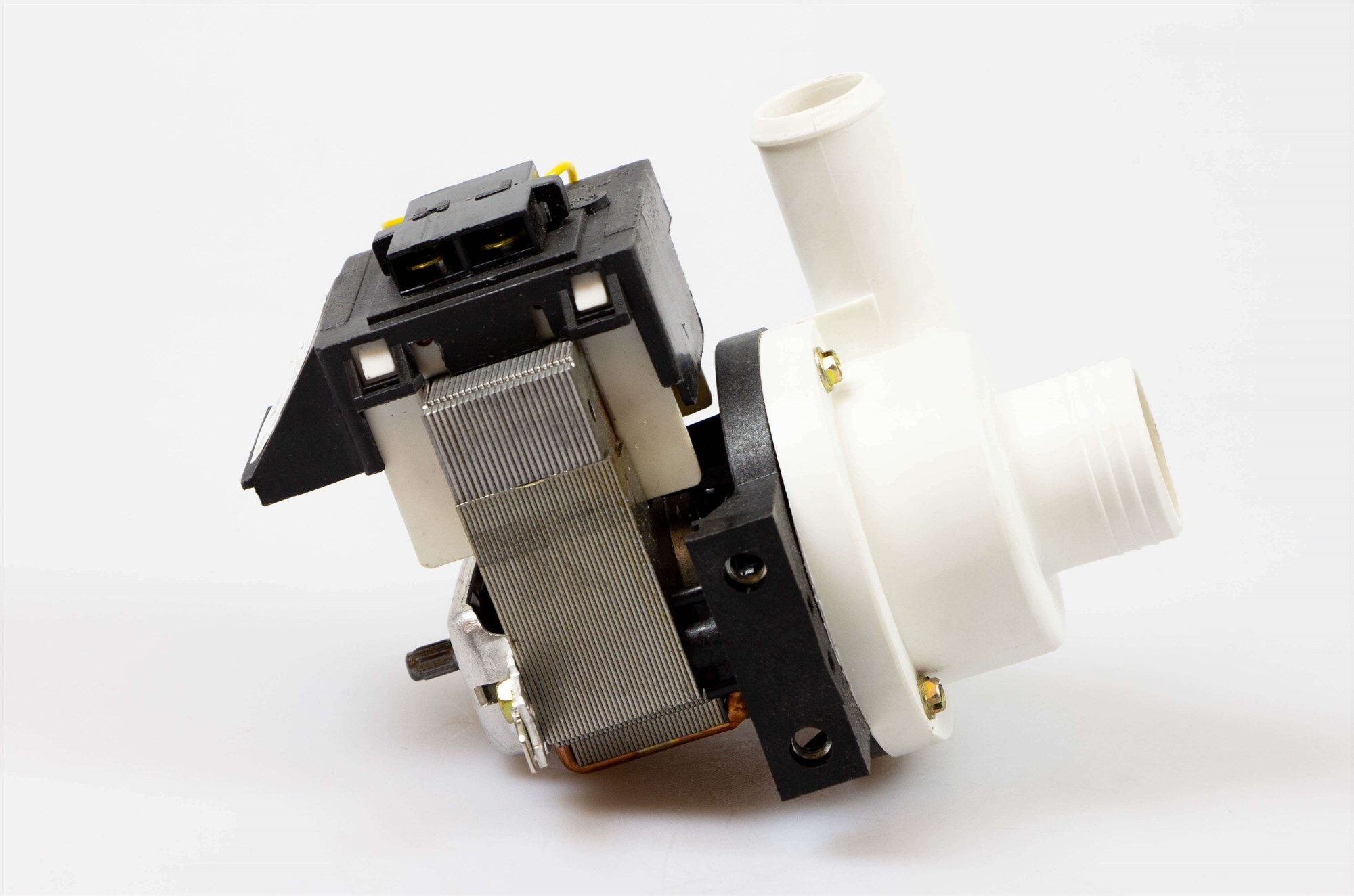

Laundry Appliances
How Does A Washing Machine Drain Pump Work
Modified: February 21, 2024
Learn how the drain pump in laundry appliances, like washing machines, efficiently removes water from the tub, ensuring effective and convenient drainage. Discover the inner workings of this essential component.
(Many of the links in this article redirect to a specific reviewed product. Your purchase of these products through affiliate links helps to generate commission for Storables.com, at no extra cost. Learn more)
Introduction
The washing machine drain pump is a crucial component that plays a pivotal role in the proper functioning of your laundry appliance. It is responsible for expelling water from the washing machine during the drainage cycle, ensuring that your clothes emerge clean and fresh after each wash. Understanding the inner workings of this essential part can provide valuable insights into how to maintain and troubleshoot your washing machine effectively.
The drain pump is a small but mighty device that operates quietly behind the scenes, diligently carrying out its task with each laundry load. Its significance becomes apparent when you consider the inconvenience and disruption that a malfunctioning drain pump can cause. From preventing water accumulation to facilitating the seamless flow of the washing process, the drain pump is an unsung hero in the realm of laundry appliances.
In this comprehensive guide, we will delve into the intricate mechanisms of the washing machine drain pump, exploring its components, operation, common issues, and maintenance tips. By gaining a deeper understanding of this vital component, you will be better equipped to ensure the longevity and optimal performance of your washing machine. Let's embark on a journey to unravel the inner workings of the washing machine drain pump and equip ourselves with the knowledge to keep our laundry appliances running smoothly.
Key Takeaways:
- The washing machine drain pump expels water using an impeller and motor. Regular maintenance, like cleaning the filter and inspecting ports, ensures smooth operation and prevents common issues like clogging and motor malfunctions.
- To keep your washing machine running smoothly, avoid overloading, be mindful of what you wash, and consider professional servicing. These steps help maintain the drain pump’s efficiency and extend the appliance’s lifespan.
Read more: How Does A Washing Machine Drain
Components of a Washing Machine Drain Pump
The washing machine drain pump comprises several key components that work in harmony to facilitate the efficient removal of water from the appliance. Understanding these components is essential for comprehending the intricate functioning of the drain pump. Let's take a closer look at the essential parts that make up this integral component:
-
Impeller: At the heart of the drain pump lies the impeller, a small but powerful propeller-like device. When the drain cycle is initiated, the impeller rotates rapidly, creating a suction force that draws water from the washing machine's tub and channels it towards the drainage system. This pivotal component is responsible for generating the necessary pressure to expel the water effectively.
-
Motor: The motor serves as the driving force behind the drain pump's operation. It powers the rotation of the impeller, propelling it to swiftly expel the water from the washing machine. The motor's robust performance is essential for ensuring the seamless drainage of water, contributing to the overall efficiency of the washing machine.
-
Housing: The housing encapsulates the impeller and motor, providing a protective casing that safeguards these critical components. It also serves as a conduit for the water, guiding it towards the pump's outlet during the drainage process. The design and construction of the housing are crucial in maintaining the structural integrity of the drain pump.
-
Inlet and Outlet Ports: These ports serve as the entry and exit points for the water within the drain pump. The inlet port allows water from the washing machine's tub to enter the pump, while the outlet port directs the expelled water towards the drainage system. The strategic positioning and design of these ports are instrumental in facilitating the smooth flow of water through the pump.
-
Filter: A filter is integrated into the drain pump to prevent debris, lint, and other foreign objects from entering and obstructing the pump's internal mechanisms. This component plays a vital role in safeguarding the pump from potential damage and ensuring uninterrupted drainage operations.
Understanding the intricate interplay of these components provides valuable insights into the functionality of the washing machine drain pump. Each element contributes to the seamless expulsion of water during the drain cycle, underscoring the importance of regular maintenance and care to preserve the optimal performance of the drain pump.
Operation of a Washing Machine Drain Pump
The operation of a washing machine drain pump is a meticulously orchestrated process that ensures the effective removal of water from the appliance. When the washing machine progresses to the drain cycle, the drain pump springs into action, initiating a series of precise movements and mechanisms to expel the water. Let's delve into the intricacies of how the drain pump operates to fulfill its pivotal role in the laundry appliance:
-
Activation of the Drain Cycle: As the washing machine advances to the drain phase, the control system triggers the activation of the drain pump. This signals the commencement of the water expulsion process, marking the transition from the wash or rinse cycle to the drainage stage.
-
Entrance of Water into the Pump: The drain pump's inlet port opens to receive the water accumulated in the washing machine's tub. As the impeller awaits its cue, the influx of water into the pump sets the stage for the subsequent stages of the drainage operation.
-
Impeller Propulsion: Upon receiving the influx of water, the impeller, driven by the motor, springs into action. The rapid rotation of the impeller generates a powerful suction force, drawing the water towards the center of the pump and propelling it with momentum.
-
Filtration Process: Simultaneously, the water passes through the integrated filter, which serves as a barrier against debris and foreign particles. The filter ensures that only clean water is channeled through the pump, preventing potential obstructions and safeguarding the pump's internal components.
-
Guided Flow Towards Outlet: As the impeller propels the water with vigor, it navigates through the pump's housing, guided towards the outlet port. The strategic design of the housing facilitates the smooth flow of water, directing it towards the outlet for expulsion from the washing machine.
-
Efficient Expulsion of Water: The water, now propelled and channeled through the pump, exits through the outlet port, embarking on its journey towards the drainage system. The force generated by the impeller, in conjunction with the motor's power, ensures the efficient expulsion of water, clearing the washing machine's tub for the next phase of the laundry cycle.
The seamless orchestration of these operations underscores the precision and efficiency of the washing machine drain pump. Its ability to swiftly and effectively expel water from the appliance is a testament to its integral role in the overall functionality of the washing machine. Understanding the intricacies of the drain pump's operation provides valuable insights into its significance and the measures required to maintain its optimal performance.
Make sure to regularly clean the drain pump filter to prevent clogs and maintain the efficiency of the washing machine. This will help to prolong the life of the drain pump and prevent drainage issues.
Common Issues with Washing Machine Drain Pumps
Washing machine drain pumps, despite their robust functionality, are susceptible to a range of common issues that can impede their performance and disrupt the seamless operation of the appliance. Understanding these prevalent issues is essential for promptly identifying and addressing potential concerns with the drain pump. Let's explore some of the common issues that may arise with washing machine drain pumps:
-
Clogging: One of the most frequent issues encountered with drain pumps is the accumulation of debris, lint, and foreign objects within the pump's internal mechanisms. Over time, these obstructions can impede the flow of water, leading to drainage inefficiencies and potential pump damage.
-
Impeller Obstruction: The impeller, responsible for propelling water through the pump, can become obstructed by foreign particles or debris, hindering its rotation and diminishing the pump's suction force. This can result in inadequate water expulsion during the drain cycle.
-
Motor Malfunction: The motor driving the operation of the drain pump may experience malfunctions, such as electrical failures or mechanical issues, leading to a complete cessation of the pump's functionality. Motor-related issues can significantly disrupt the drainage process.
-
Leakage: The development of leaks in the pump's housing or associated connections can lead to water seepage, compromising the efficiency of the drainage system and potentially causing water damage to the surrounding area.
-
Faulty Inlet or Outlet Ports: Damage or blockages in the inlet or outlet ports can impede the smooth flow of water through the pump, resulting in drainage complications and potential water backup in the washing machine.
-
Filter Clogging: The filter integrated into the drain pump can become clogged with debris and lint, diminishing its effectiveness in safeguarding the pump from foreign particles and potentially leading to drainage issues.
-
Overloading and Wear: Continuous overloading of the washing machine or prolonged usage can contribute to wear and tear on the drain pump, impacting its overall performance and longevity.
-
Electrical Issues: Wiring problems, electrical surges, or component failures within the pump's electrical system can disrupt the pump's operation, leading to drainage inefficiencies.
By familiarizing yourself with these common issues, you can proactively monitor the performance of your washing machine's drain pump and take preventive measures to mitigate potential concerns. Regular maintenance and attentive observation can help address these issues before they escalate, ensuring the optimal functionality of the drain pump and the overall efficiency of your washing machine.
Maintenance Tips for Washing Machine Drain Pumps
Regular maintenance is essential for preserving the optimal functionality of washing machine drain pumps and mitigating potential issues that may arise over time. By adhering to a proactive maintenance regimen, you can ensure the seamless operation of the drain pump and contribute to the longevity of your laundry appliance. Here are valuable maintenance tips to uphold the performance of your washing machine's drain pump:
-
Cleaning the Filter: Periodically inspect and clean the drain pump's filter to remove accumulated debris, lint, and foreign objects. A clogged filter can impede water flow and compromise the pump's efficiency. By maintaining a clean filter, you safeguard the pump from potential obstructions and ensure uninterrupted drainage operations.
-
Regular Inspections: Routinely inspect the inlet and outlet ports of the drain pump for any signs of blockages or damage. Clear any obstructions and ensure that the ports facilitate the smooth flow of water through the pump. Additionally, check for leaks in the pump's housing or associated connections, addressing any issues promptly to prevent water seepage and damage.
-
Optimizing Load Capacity: Avoid overloading the washing machine, as excessive loads can exert undue strain on the drain pump and contribute to accelerated wear and tear. Adhering to the recommended load capacity not only preserves the pump's longevity but also enhances the overall efficiency of the appliance.
-
Mindful Usage: Exercise caution when using the washing machine to prevent damage to the drain pump. Refrain from washing items with large or hard objects that could potentially damage the pump's internal components. Additionally, avoid washing items with excessive lint or debris that could clog the pump's filter and impede its performance.
-
Professional Servicing: Consider scheduling periodic professional servicing for your washing machine, including a comprehensive inspection of the drain pump. Experienced technicians can identify potential issues, perform thorough cleaning and maintenance, and address any underlying concerns to ensure the optimal functionality of the pump.
-
Monitoring Electrical Components: Regularly inspect the electrical connections and components associated with the drain pump. Ensure that the wiring is intact, and there are no signs of electrical malfunctions. Address any electrical issues promptly to prevent disruptions to the pump's operation.
By integrating these maintenance tips into your laundry appliance care routine, you can uphold the efficiency and reliability of the washing machine drain pump. Proactive maintenance not only minimizes the risk of potential issues but also contributes to the seamless operation of the appliance, allowing you to enjoy consistently effective laundry cycles without disruptions.
Frequently Asked Questions about How Does A Washing Machine Drain Pump Work
Was this page helpful?
At Storables.com, we guarantee accurate and reliable information. Our content, validated by Expert Board Contributors, is crafted following stringent Editorial Policies. We're committed to providing you with well-researched, expert-backed insights for all your informational needs.
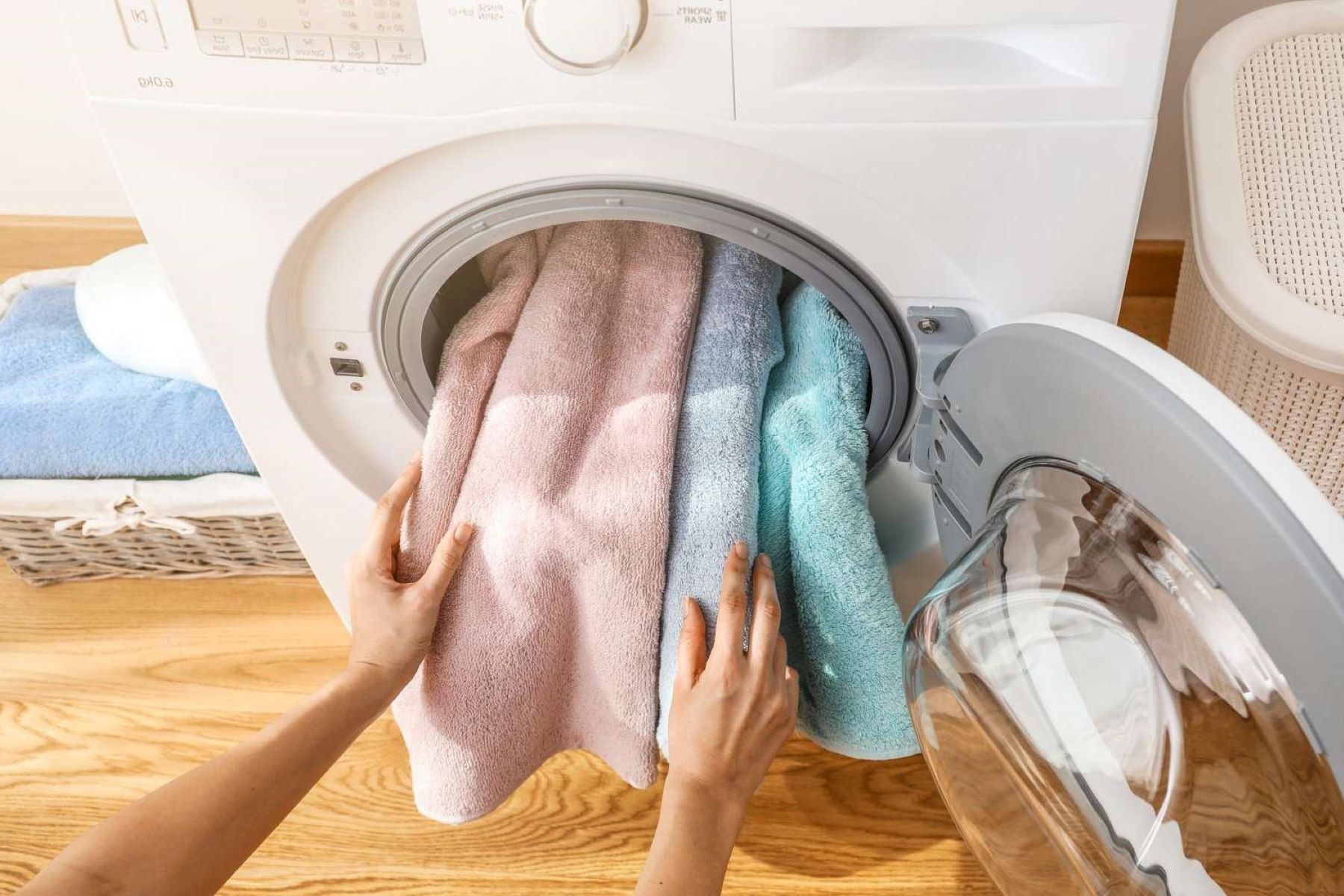
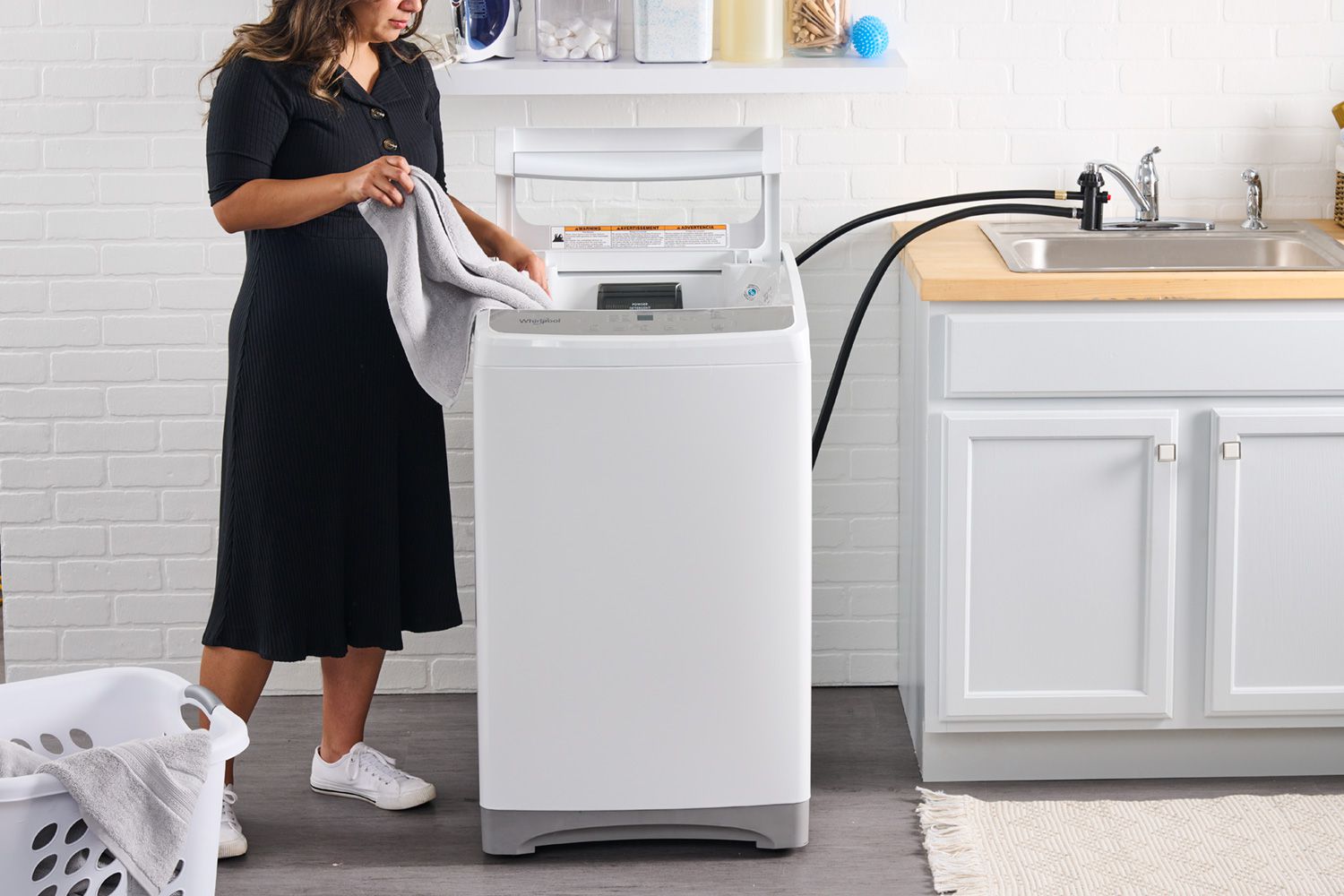
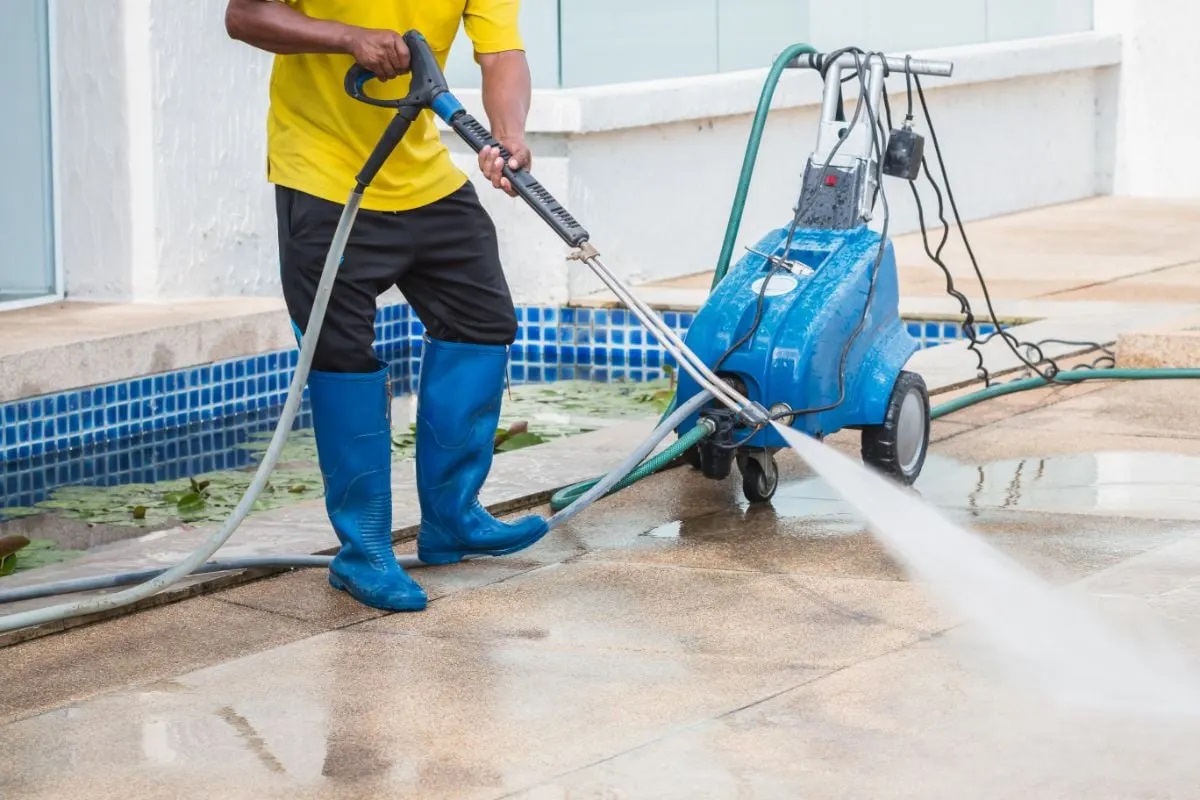
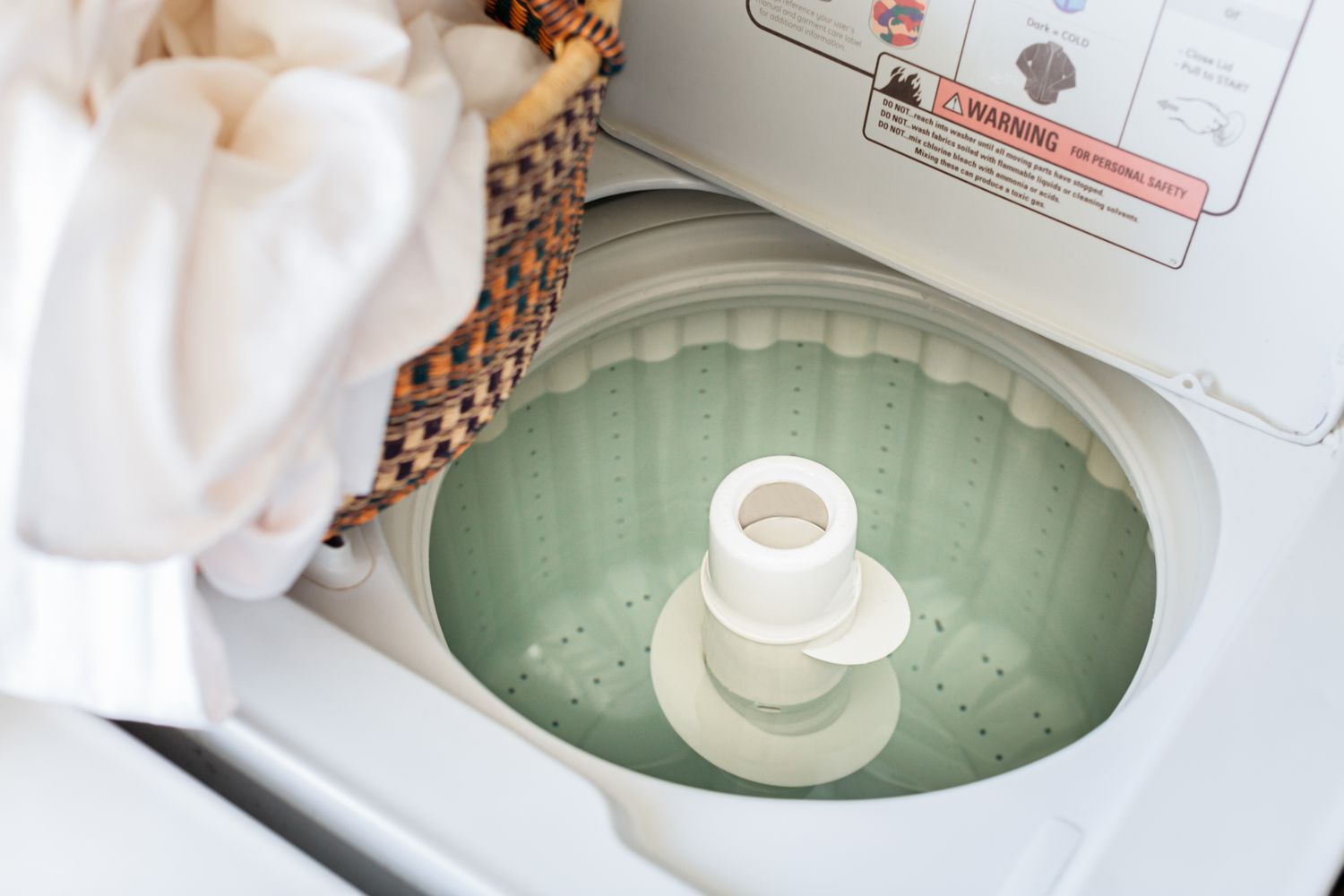

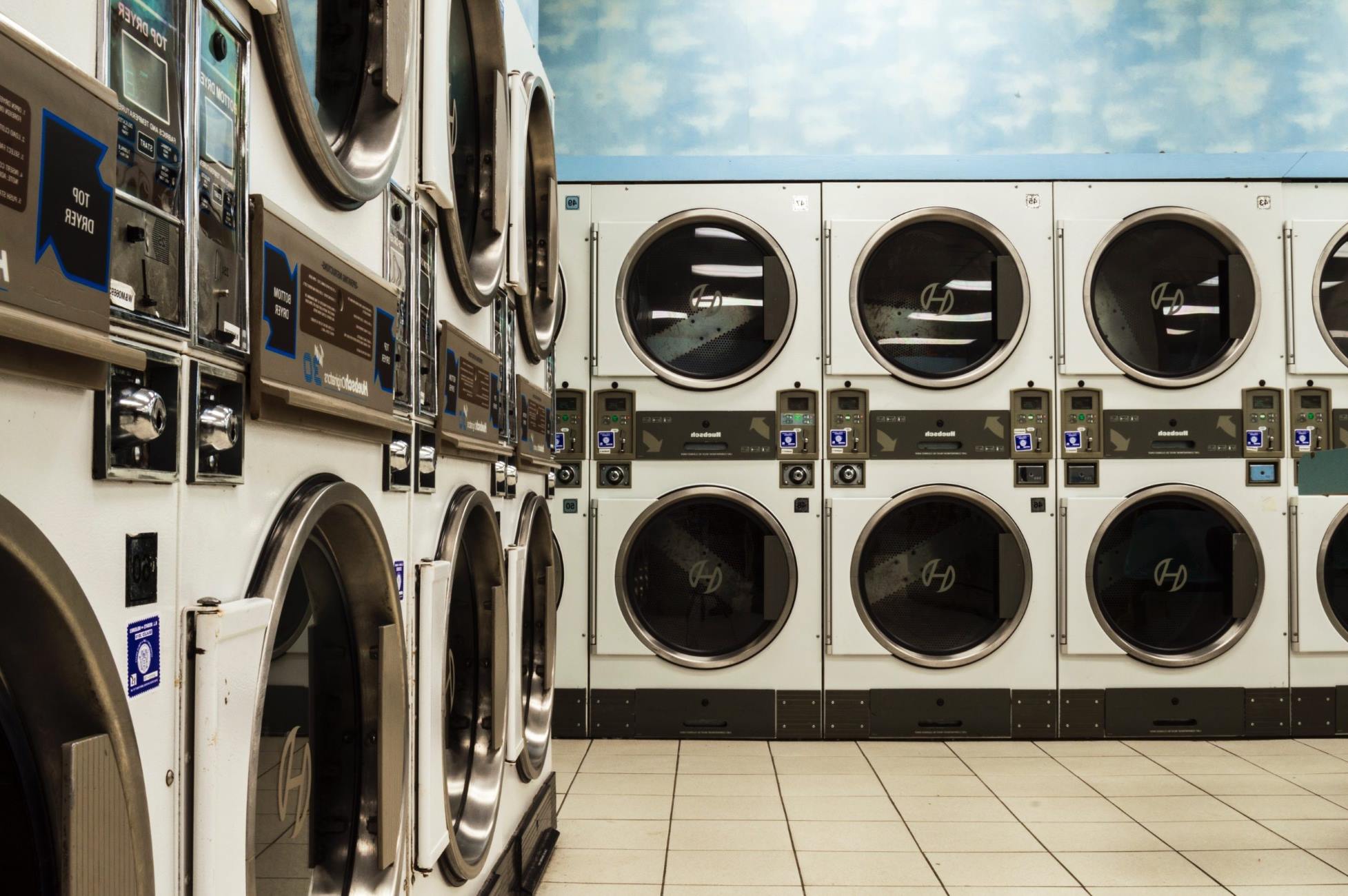
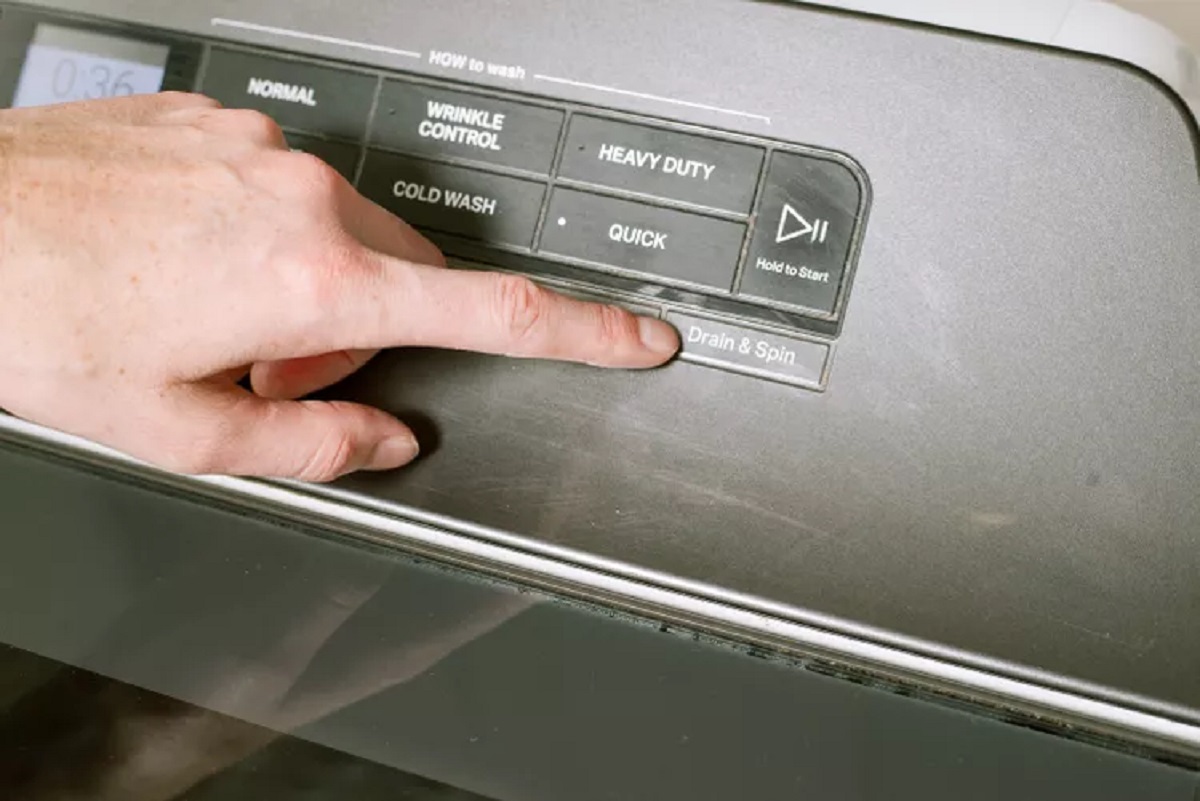

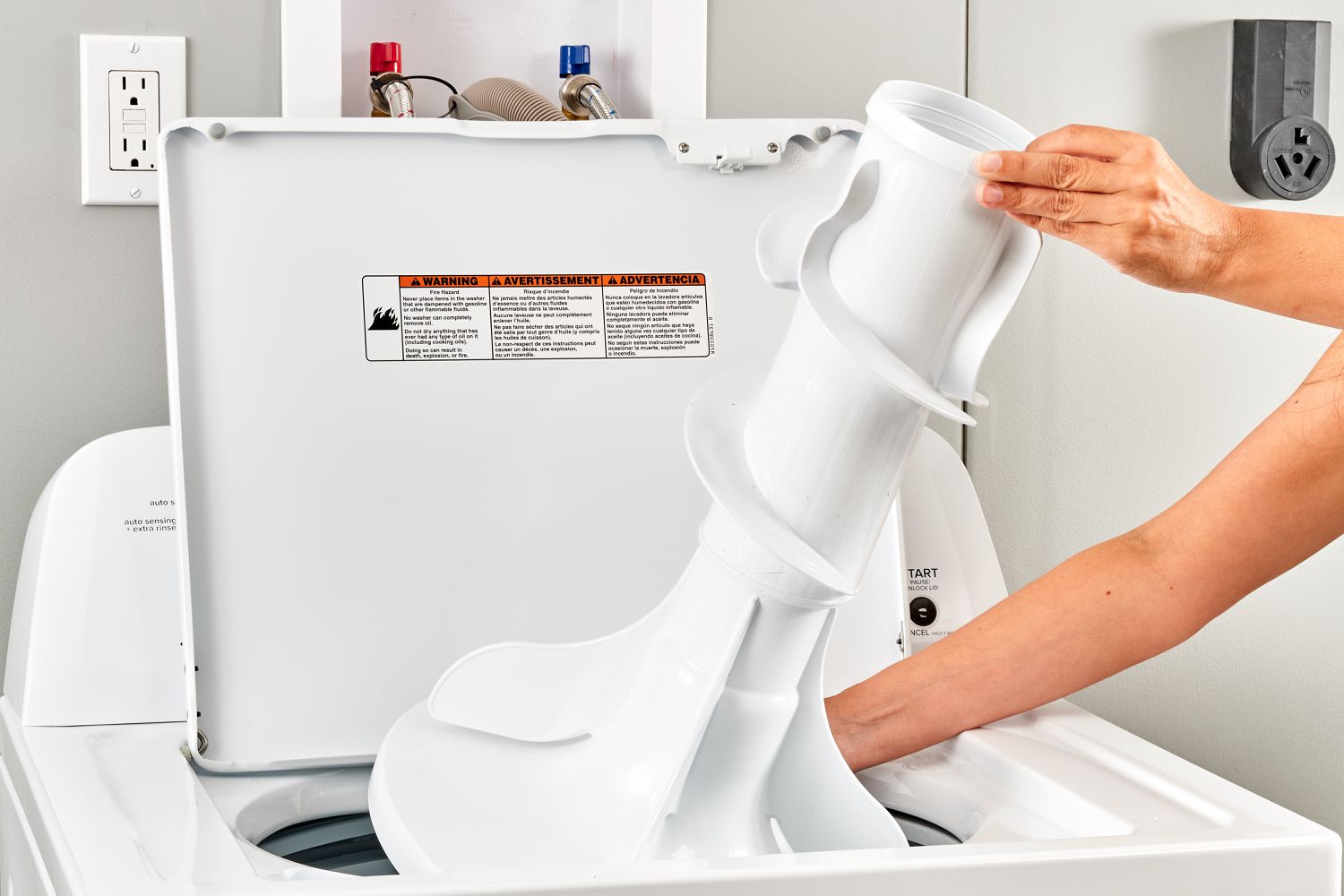




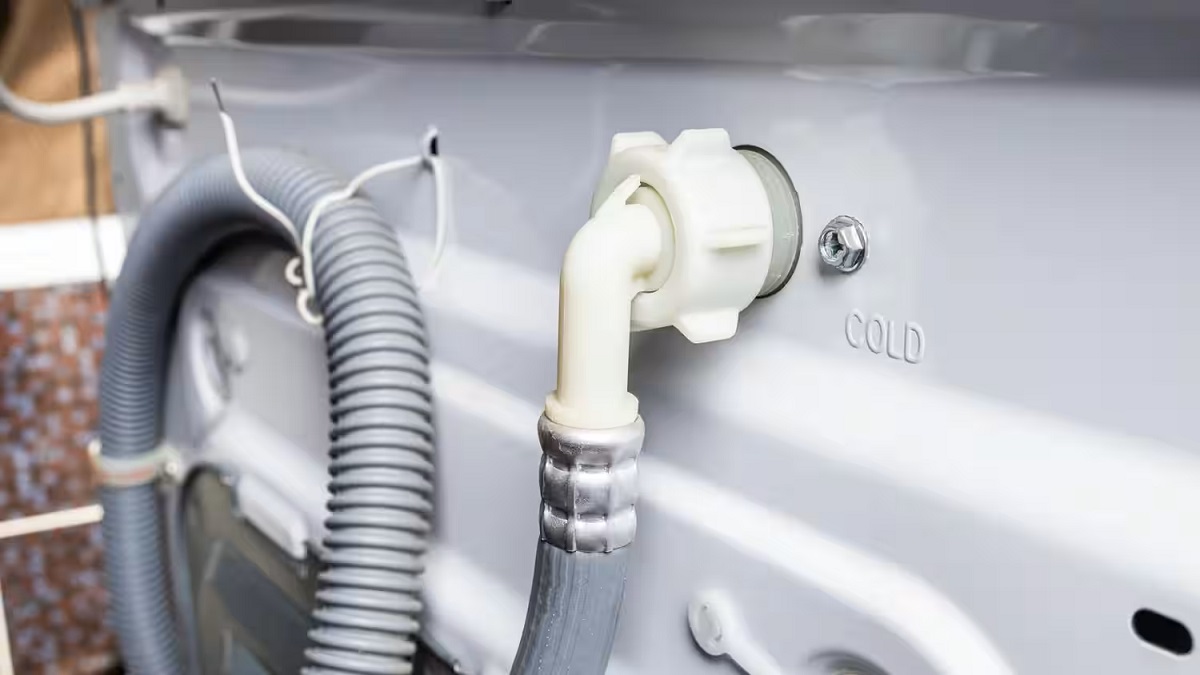


0 thoughts on “How Does A Washing Machine Drain Pump Work”